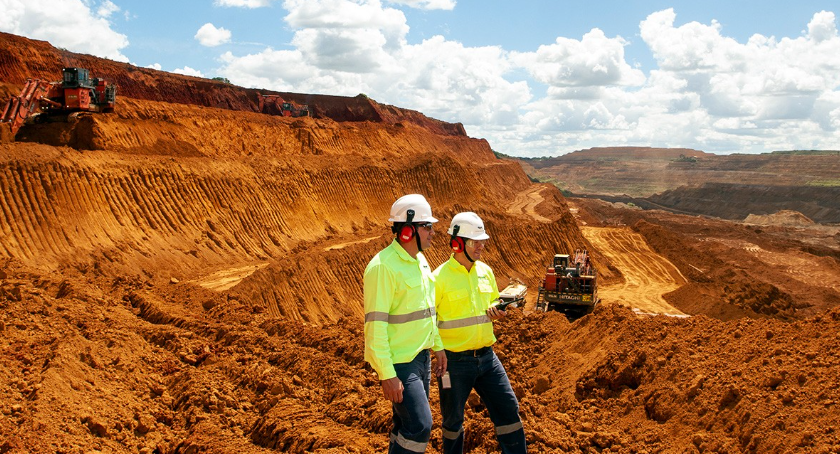Canada is the world’s largest potash producer, with 21.9 million tons in 2023.
This amount implies a 7% decrease at a year-on-year rate, according to Statistics Canada.
What is potash? It is a broad term that can include various potassium compounds, such as potassium carbonate, potassium chloride and others. It is associated with the production of fertilizers, glass, soap and processed foods such as olives.
In Canada, only three companies produce potash: Nutrien, The Mosaic Company and K+S Potash Canada.
Largest potash producer
Notably, The Mosaic Company operates three potash mines in Canada, including two shaft mines and a solution mine, as well as an Esterhazy potash shaft mine in the United States, which is the largest potash mine in the world.
Esterhazy will complete full capacity and production during 2024 or early 2025.
In Canada, potash is extracted from subway deposits, either by conventional subway mining or by injecting water into the subway ore body and extracting the resulting brine (solution mining).
According to the Canadian government, 10 active mines in Canada produced potash in 2022. In addition, BHP is developing the Jansen Stage 1 (S1) potash project in Saskatchewan, with production expected to begin in 2026. Jansen S1 is expected to produce approximately 4.35 million tonnes per year.
New technologies
Canada is poised to take advantage of growing global demand for critical minerals and materials that will drive the transition to clean energy and advanced manufacturing.
Canada is a key player in the global production of copper, nickel and cobalt. In addition, the country has significant mineral projects involving elements such as rare earths, lithium, graphite and vanadium.
The Canadian government aims to build on its mining expertise and strong credentials in the areas of sustainability and environmental governance. Its strategy seeks to strengthen its competitiveness in key mining sectors.
The Canadian government’s vision focuses on creating efficient and competitive supply chains for critical minerals. The plan includes not only resource extraction, but also product production and the development of value-added processes and technologies.
These developments range from the manufacture of zero-emission vehicles, including lithium-ion batteries, to permanent magnets and special alloys. In addition, wind turbines, hydrogen fuel cells, as well as information and communication technologies, including semiconductors, stand out.

